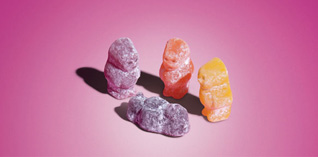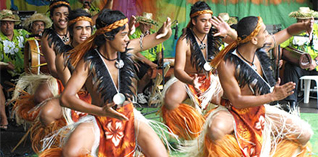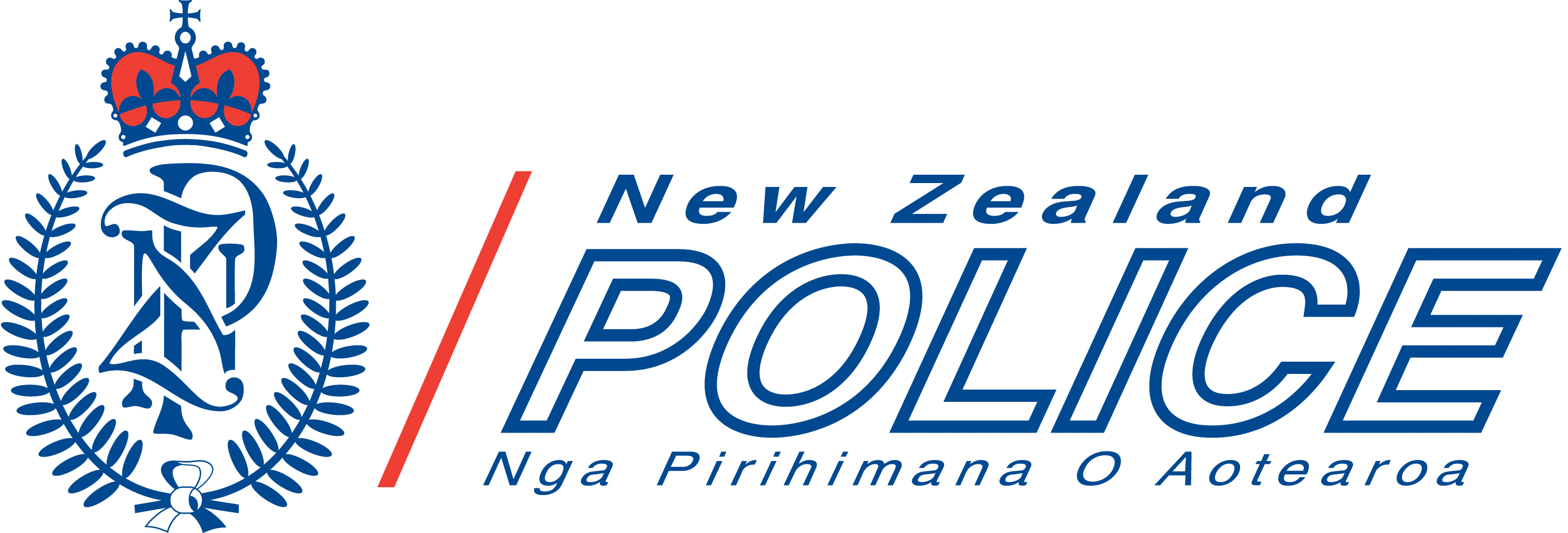Maori Community
Maori comprise approx. 15% of New Zealand ’s population.
Māori comprised 598,602 people or 14.9 percent of people that stated an ethnic group living in New Zealand on 5 March 2013.
The Maori people of Aotearoa ( New Zealand ) are descendants of Polynesian peoples who had arrived by 1300 AD. While there is considerable debate about the precise date and the number of vessels, it is now believed that during the 1200s a number of ocean-going waka (canoes) made their way from east Polynesia, to land at various points on the coast of New Zealand . Again there is much discussion about precisely where these ancestors came from. Some argue that they made their way from Rarotonga in the Cook Islands group; others say they left from Raiatea, in the Society Islands . Similarity of place names and languages suggests a link between the people of these islands and New Zealand .
According to oral tradition, some canoes landed on the East Coast of the North Island . Whangaparāoa, at the very eastern tip of the Bay of Plenty , is often referred to as the landing place of numerous canoes, including the famous Tainui and Te Arawa. Another canoe, Mataatua, made its landfall at the mouth of the Whakatāne River .
Maori oral tradition tells of people who made long journeys, such as Tamatea-pōkai-whenua, who traveled from the far north to the deepest south. Certainly by the end of the 14th century the entire country had been explored. However, it seems likely that many remained close to their initial settlements. Tainui peoples, for example, are said to have remained near Kāwhia Harbour for six or seven generations. During this time, they came to experience a new climate (much colder than they were used to) and new species of flora (such as flax) and fauna (such as the tūī and other birds). These early settlements were often at harbors or the mouths of rivers – close to the sea, with good access to fishing and shellfish grounds. There was extensive hunting of seals and the large flightless bird, the moa. By the time of European arrival, Maori had settled the land, and every corner came within the interest and influence of a particular tribal or sub-tribal grouping.
The Maori language is an official language of New Zealand and in recent years has undergone a revival. However, it is still threatened and, according to the 2001 census results, was spoken by only one in four Maori. Approximately 30,000 non-Maori could speak the language.
In 2004 the Maori people were more diverse and dispersed than at any other time in their history. Some continued to live in their traditional tribal areas. Most, however, lived elsewhere, usually in urban centers.
In 2001 Maori comprised approximately 15% (526,281 people) of New Zealand ’s population.
This figure is forecast to reach 16.6% (750,000) in 2021.
64% of Maori were living in the main urban areas
16% in rural areas.
Many also lived in other countries, with over 70,000 in Australia and up to 10,000 in Britain .
For people identifying as Māori living in New Zealand on 5 March 2013:
- The most common region this group lived in was Auckland Region (23.9 percent or 142,770 people).
- The median age (half are younger and half are older than this age) was 23.9 years.
- 98.2 percent (579,639 people) were born in New Zealand and 1.8 percent (10,713 people) were born overseas.
- 66.7 percent (239,739 people) aged 15 years and over had a formal qualification.



 Multicultural Communities in New Zealand
Multicultural Communities in New Zealand Chinese Communities
Chinese Communities Fijian Community
Fijian Community Filipino Community
Filipino Community Indian Community
Indian Community Japanese Community
Japanese Community Korean Community
Korean Community Maori Community
Maori Community Niuean Community
Niuean Community Samoan Community
Samoan Community Tongan Community
Tongan Community Other Communities
Other Communities


















